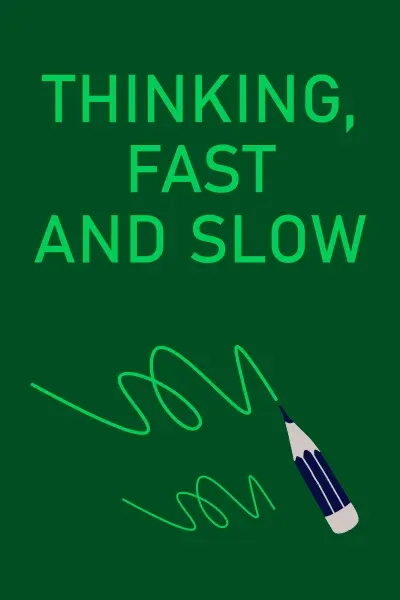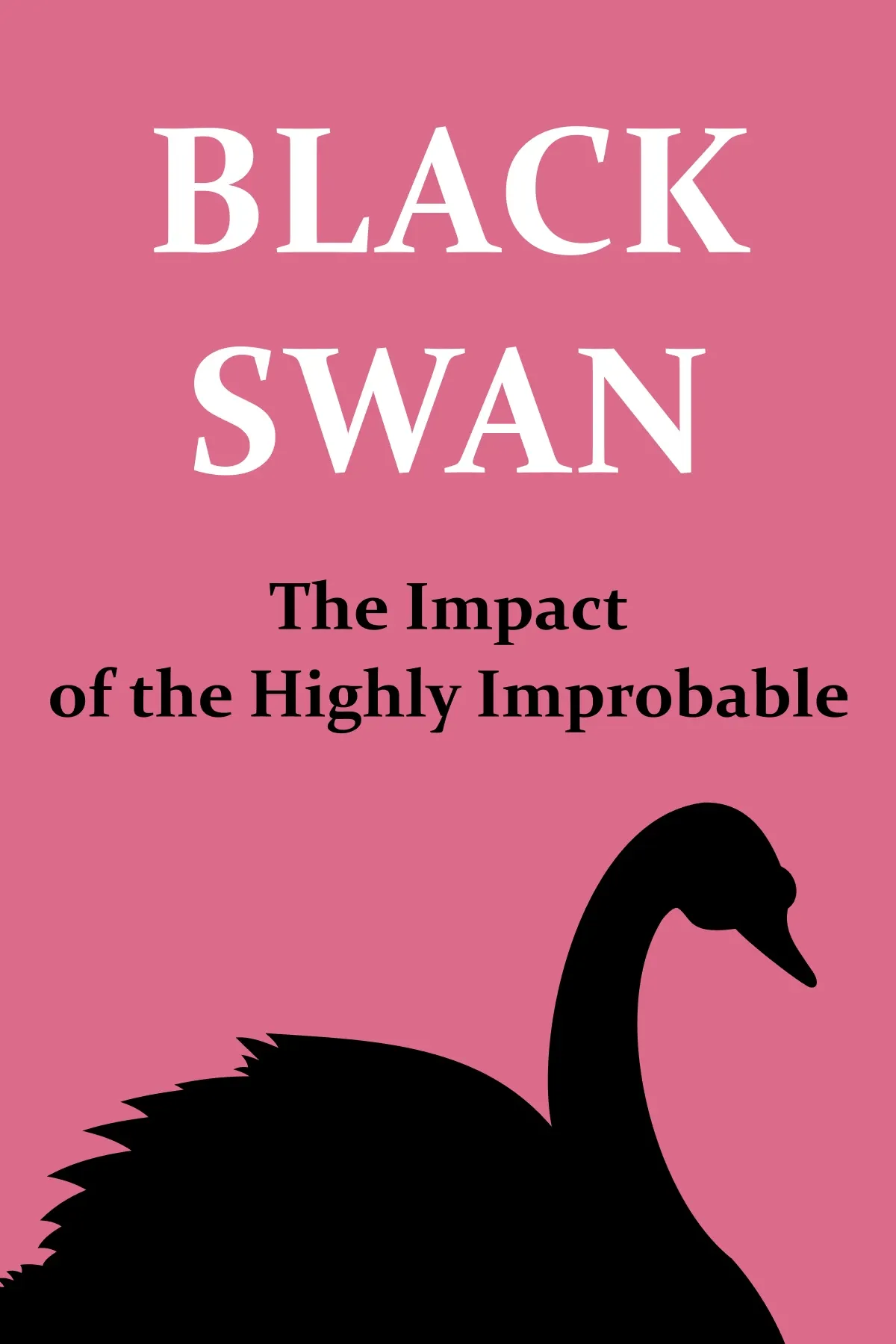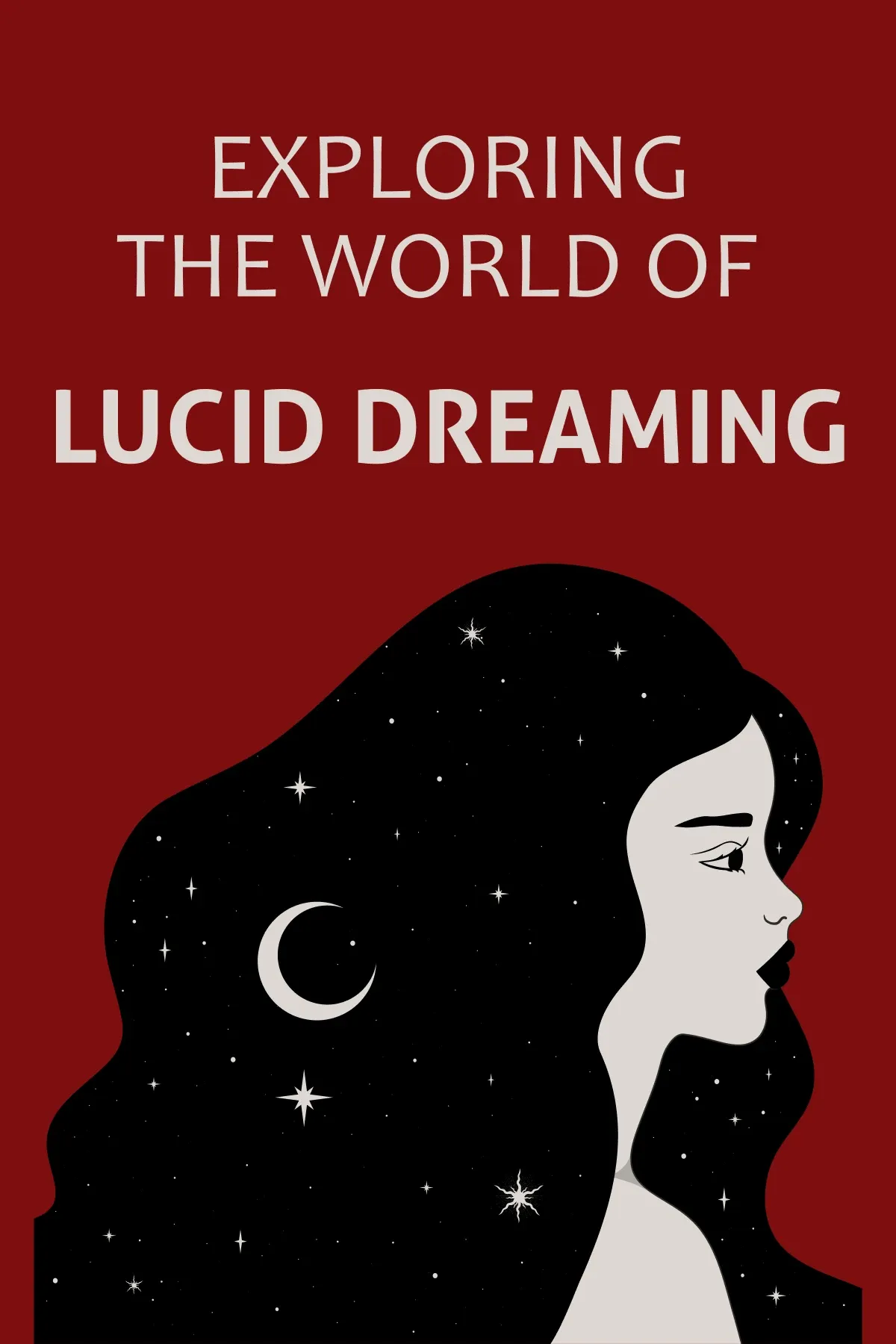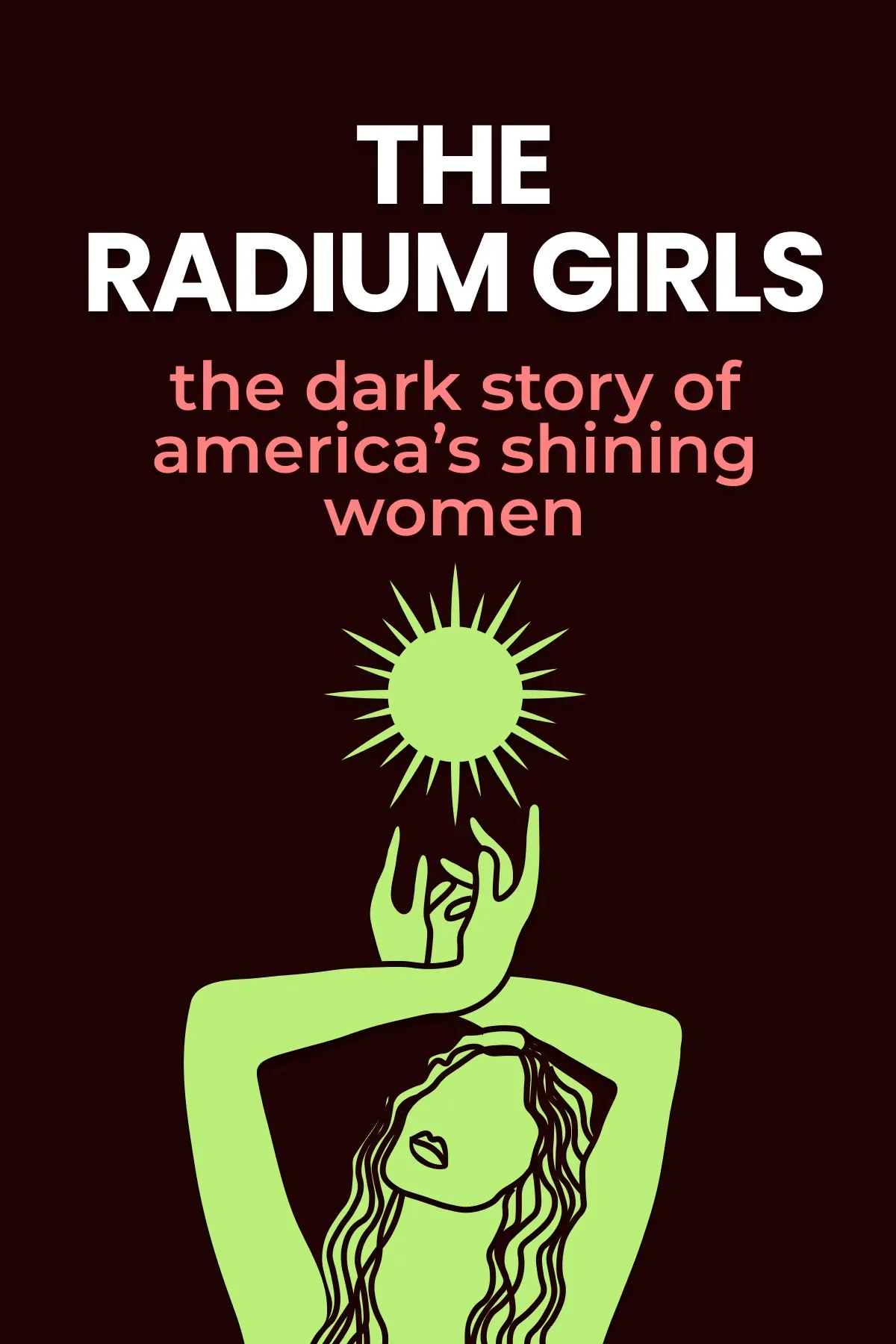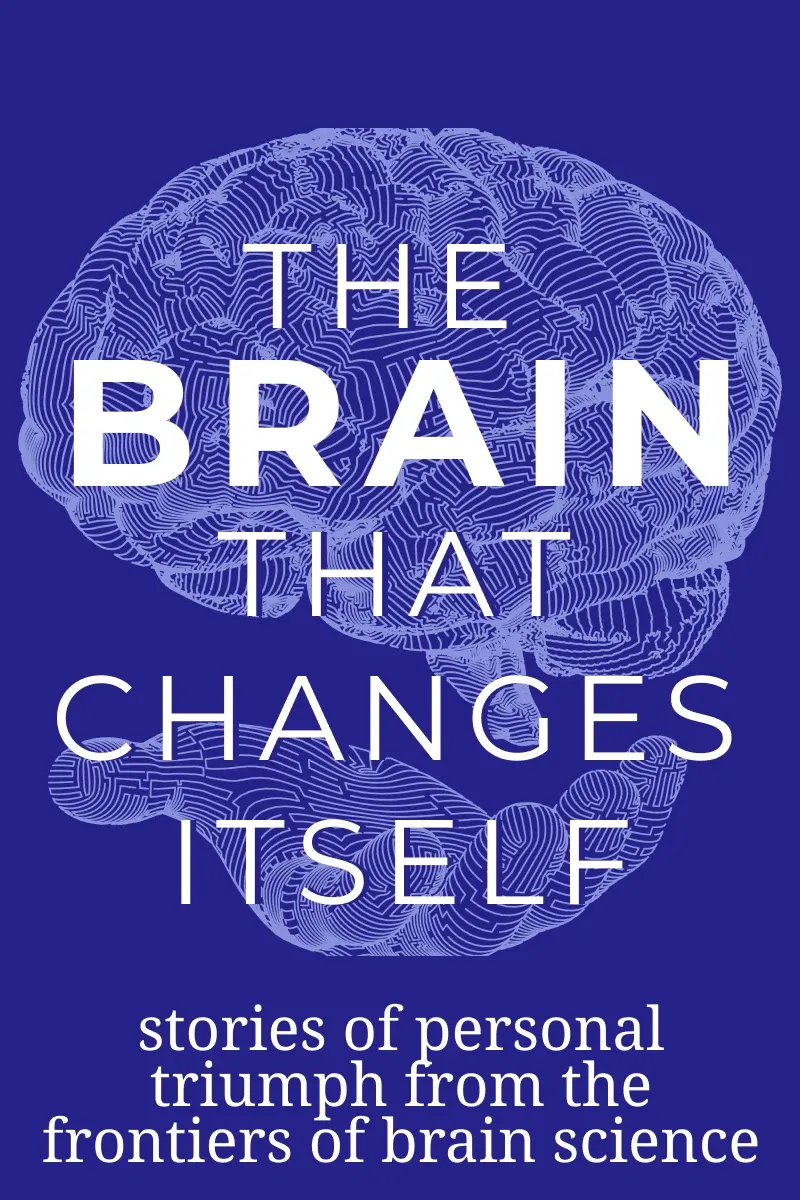
Astrophysics for People in a Hurry
Brief Summary
Have you ever wanted to learn more about the cosmos, its history, and the laws by which it abides? If so, “Astrophysics for People in a Hurry” by Neil deGrasse Tyson is the perfect next read for you. It explains everything you might want to know about the Universe in easy terms, so you don’t have to be a scientist to understand it.
Key points
Key idea 1 of 8
How did our Universe come to be? The short answer is that no one knows for sure. The long answer, however, is much more interesting. Although we have no idea how the Universe initially came into existence, we do know that as soon as it did, it began expanding rapidly. That’s what people call the Big Bang.
In the beginning, the Universe was very hot. This created the conditions for many different particles to form, then destroy themselves and each other, and then form again. One type of such particle was bosons. Ordinary photons are part of the boson family, for instance. Another type of particle was quarks. These were different because they had fractional charges that came in thirds, unlike protons with a charge of +1 and electrons with a charge of -1. Moreover, quarks gravitate toward other quarks. In fact, this force becomes stronger the more you try to pull two paired quarks apart, and once you do, the stored energy is just enough to create a new quark at each end. So, you wind up right where you started.
Then, the Universe cooled a bit – to about a million kelvins. How much time has passed, you might ask? A single second. By now, the Universe has also grown to a couple of light years in diameter. Eventually, in just two minutes, it came to a balanced state where one proton existed for every electron. As the cosmos cooled even more, these particles began to fuse and form atomic nuclei. A universe was created where 90% of nuclei were hydrogen, and the remaining 10% were helium, with traces of deuterium, tritium, and lithium.
After these two minutes, not much happened for the next 380,000 years. The Universe expanded, and matter gravitated into large groups, which we now know as galaxies. Billions of giant stars formed and exploded there, enriching the Universe with more chemical elements. Then, the Sun formed with a bunch of planets around it. Earth formed in the Goldilocks zone, where the temperature was perfect for the oceans to stay liquid. Finally, through a mechanism we haven’t yet discovered, simple molecules turned into self-replicating lifeforms.
But what came before all this, before the start of the Universe? Astrophysicists can only guess. There are many ideas out there, some more creative than others, but as of now, they’re impossible to prove. Still, this doesn’t stop us from wondering.
You may also like these summaries




